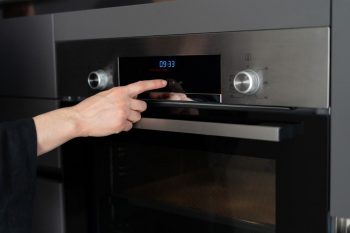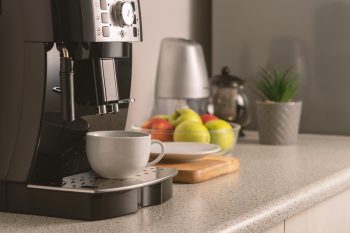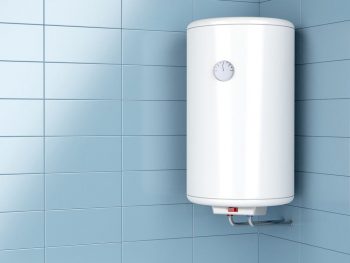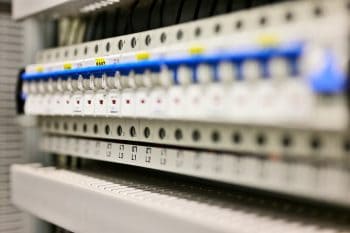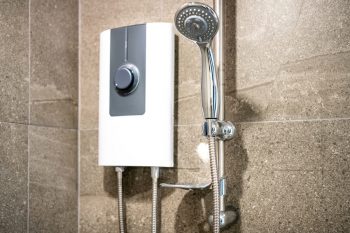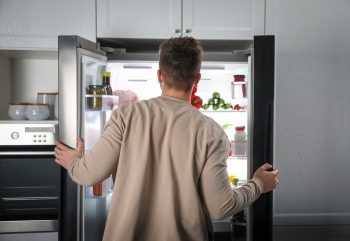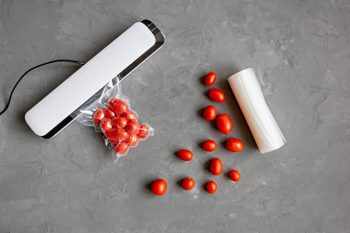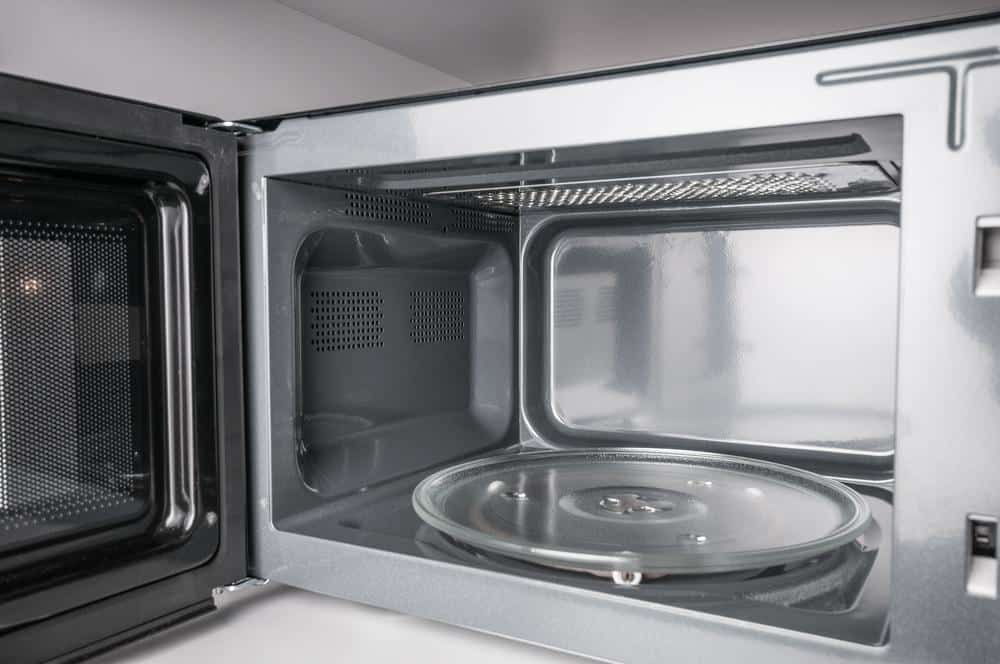
Microwaving food is a common practice in many households worldwide. It’s quick, convenient, and saves us a lot of time. But what happens if the plastic container you’re using in the microwave melts? How harmful can it be? And how can you prevent it from happening? Let’s dive into these questions and more in this comprehensive guide.
If plastic melts in the microwave, it can potentially release harmful chemicals like BPA and phthalates into your food. This can happen if the plastic is not microwave-safe or if it’s subjected to high temperatures. To avoid this, always use microwave-safe containers and follow the manufacturer’s instructions for use. If plastic does melt in your microwave, unplug the appliance, ventilate the area, remove the melted plastic once cool, and clean thoroughly before using again.
The Dangers of Melting Plastic in the Microwave
When plastic is heated in the microwave, it can potentially release harmful chemicals into your food. This is especially true if the plastic is not microwave-safe. Different types of plastics react differently to heat, and fatty foods like meats and cheeses can reach high temperatures, causing the plastic to warp or melt.
When plastic melts, it can release chemicals like BPA and phthalates, which have been linked to health problems such as metabolic disorders (including obesity) and reduced fertility. These chemicals can leach into your food, potentially causing harmful effects.
Identifying Microwave-Safe Plastics
To avoid the risk of melting plastic, it’s crucial to use microwave-safe containers. But how can you tell if a plastic container is safe for the microwave? Here are some tips:
- Look for a microwave-safe symbol: This is usually a microwave with wavy lines.
- Check for a recycling code: Containers made from polypropylene (PP) with a recycling code #5 are generally considered microwave safe.
- Read the label: Some containers may have “Microwave Safe” written on them.
Remember, even if a plastic container is labeled as microwave-safe, it is still important to be cautious. The label simply means the container won’t melt under normal microwave temperatures, but it can still potentially release chemicals when heated.
What to Do If Plastic Melts in Your Microwave
If you accidentally melt plastic in your microwave, it’s essential to handle the situation correctly to avoid any potential health risks. Here are the steps to follow:
- Unplug the microwave and let it cool down.
- Ventilate the area to remove any harmful fumes.
- Once the microwave is cool, remove the melted plastic. If it has hardened, it should peel off easily.
- Clean the microwave thoroughly to remove any remaining residue.
After following these steps, your microwave should be safe to use again. Remember, it’s always best to err on the side of caution, so if food was in the microwave when the plastic melted, it’s a good idea to discard it.
Alternatives to Using Plastic in the Microwave
To avoid the risk of melting plastic and potential chemical exposure, consider using alternatives to plastic in the microwave:
- Glass or ceramic containers: These are safe to use in the microwave and won’t release any harmful chemicals when heated.
- Silicone lids: These are reusable and can be used to cover bowls or plates while heating food.
- Microwave-safe covers: These are designed specifically for microwave use and can help prevent food splatters.
Conclusion
Melting plastic in the microwave can pose potential health risks due to the release of harmful chemicals. Therefore, it’s crucial to use microwave-safe containers and avoid heating food in plastic containers that are not designed for this purpose. If plastic does melt in your microwave, following the correct cleaning procedures can help ensure your appliance is safe to use again. By taking these precautions, you can enjoy the convenience of microwaving food without worrying about the potential dangers of melted plastic.
Frequently Asked Questions
Can I use plastic wrap in the microwave?
Yes, you can use plastic wrap in the microwave, but it should not touch the food. Some plastic wraps contain plasticizers that could leach into food when heated. Also, it’s a good practice to use microwave-safe plastic wrap and follow the instructions on the packaging.
Are all plastics harmful when heated in the microwave?
Not all plastics are harmful when heated. Plastics marked with a recycling code of #1 (PET), #2 (HDPE), #4 (LDPE), and #5 (PP) are generally safer options. However, it’s always best to use containers labeled as microwave-safe to ensure safety.
Can I reheat food in takeout containers?
It depends on the type of takeout container. Some are microwave-safe, while others are not. Check for a microwave-safe symbol or recycling code on the container. If it’s not labeled as safe for microwave use, it’s better to transfer the food to a microwave-safe dish.
How do I know if my plastic container is BPA-free?
BPA-free products often have a “BPA Free” label. If the label is not present, you can check the recycling code. Plastics with recycling codes #1, #2, and #4 do not contain BPA.
Is it safe to microwave food in a plastic bag?
Generally, it’s not recommended to microwave food in a plastic bag unless it’s specifically labeled as microwave-safe. Many plastic bags can melt and release harmful chemicals when heated.


